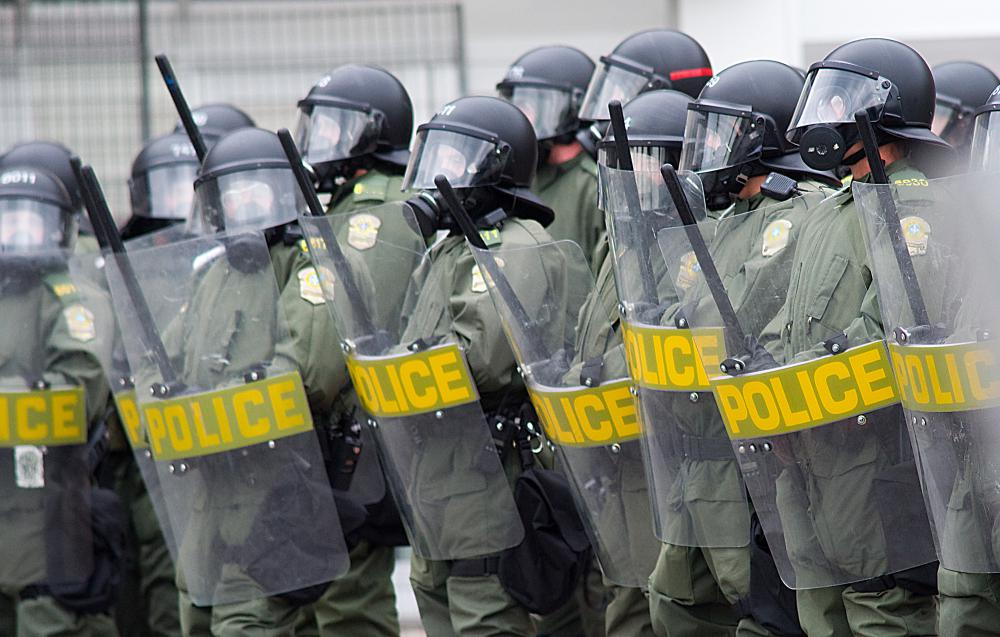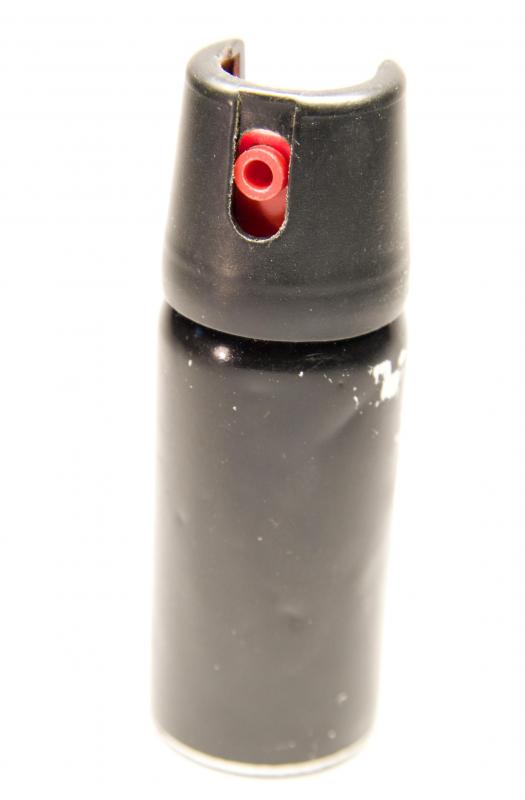At WiseGEEK, we're committed to delivering accurate, trustworthy information. Our expert-authored content is rigorously fact-checked and sourced from credible authorities. Discover how we uphold the highest standards in providing you with reliable knowledge.
What Are the Different Types of Law Enforcement Weapons?
Police and other law enforcement officials usually carry weapons. These might include clubs, knives, sprays, or guns. Almost all existent weapons have been used at some point in history in a law enforcement capacity. The types of weapons carried and used by police in specific contexts vary from place to place.
In most countries, certain weapons are assigned to police only in specific circumstances. There are many countries, for example, where guns are not carried by city police on a regular patrol but could be assigned to a SWAT team planning a raid on a group of potentially armed criminals. Other examples include weapons that are only used in riot control.

Clubs are among the most common law enforcement weapons. Several alternative names exist for this weapon, including cudgel, baton, truncheon, bludgeon, nightstick, and Billy club. A club is an impact weapon and one of the oldest and simplest of all law enforcement weapons. It is classified as a less-lethal or non-lethal weapon. The latter expression is not descriptive in terms of this weapon’s capability, since a person can be clubbed to death, but refers more to its sanctioned use in law enforcement.

Other typical less-lethal weapons include sprays such as mace or pepper spray, also called OC spray. These sprays are usually kept in small handheld canisters and sprayed into a criminal's eyes. A close relative, tear gas, can be released into a crowd. These sprays cause pain and inhibit vision. In many countries they can be bought in stores for self-defense purposes, but in some places they are illegal to use except as law enforcement weapons.
Electroshock law enforcement weapons are also normally classified as less lethal. Some of these weapons, such as an electric prod, are used in close proximity; others, such as stun belts that deliver shocks to the wearer by remote control and tasers that launch electrodes attached to wires, are used at a distance. The common feature of all electroshock weapons is that they aim to temporarily incapacitate the person they are used against. Other weapons designed to incapacitate someone in this way include bean bag or rubber bullet ammunition fired from a gun.
The availability of these common, and any other less common, weapons in law enforcement depends on jurisdiction. Likewise, what is considered appropriate use of law enforcement weapons also differs. When a legal system condemns an official for excessive use of force, that force frequently includes an unnecessary application of his or her weapons.
AS FEATURED ON:
AS FEATURED ON:












Discuss this Article
Post your comments